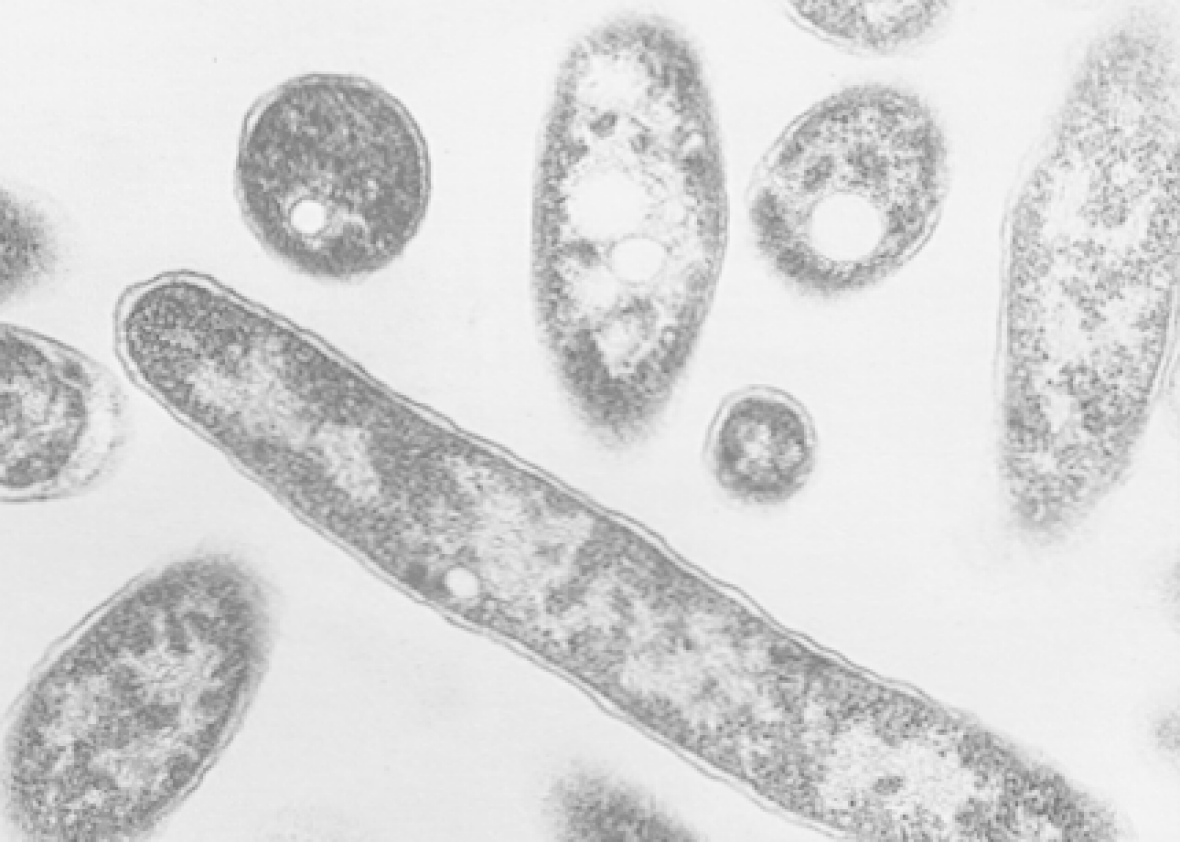Update, Aug. 4, 11 a.m.: The reported death toll from the South Bronx outbreak of Legionnaires’ disease has climbed from four to seven, CNN says. A bulletin posted by the New York City Department of Health and Mental Hygiene clarifies that while these deaths were previously unreported, they had occurred earlier as part of the same cluster of illnesses, and that all of the deceased were “older adults [with] additional underlying medical problems.”
New York Mayor Bill de Blasio has promised new legislation mandating inspections to protect residents from the disease, which is often traced to bacteria in air conditioning equipment at large buildings such as hotels and apartment complexes. From de Blasio’s statement to the Associated Press:
Legionnaires’ disease outbreaks have become far too common over the past 10 years, and the city will respond not by only addressing an outbreak as it occurs but with a new plan to help prevent these outbreaks from happening in the first place.
Thirty-six patients remained hospitalized for treatment of Legionnaires’ disease as of Monday.
Original post, Aug. 3, 9:29 a.m.: Four people have died and more than 70 have been sickened in New York City by an outbreak of Legionnaires’ disease in the South Bronx, CNN reports. Forty of the cases have been reported since last Thursday. One of the city’s top health officials, Dr. Jay Varma, has warned that while he is confident that the source of the infection had been neutralized, some of those who were exposed might not yet be showing symptoms and more cases could be diagnosed in the next few days. The source of the outbreak was likely one or more of the five air conditioning towers on South Bronx buildings that were inspected and found to contain harmful bacteria but have since been cleaned.
Legionnaires’ disease is caused when water mist or vapor contaminated with legionella bacteria is inhaled, leading to the onset of pneumonia. It is not communicable from person to person. Previous outbreaks have been traced to hot tubs, shower pipes, and even a decorative fountain, but the most frequent culprit is warm, stagnant water in cooling towers used for air conditioning in large buildings. The disease was first recognized, and gained its name, when 34 people were killed in an outbreak spread by air conditioning at a Philadelphia hotel hosting an American Legion conference in 1976. More recently, administrators at a VA hospital in Pittsburgh were criticized for failing to prevent and contain a 2012 outbreak that eventually killed six.
According to the Centers for Disease Control and Prevention, 8,000 to 18,000 people are hospitalized with Legionnaires’ disease annually. This summer’s outbreak is not the disease’s first appearance in New York in 2015; the telltale bacteria were found in cooling towers in the Co-Op City apartment complex in the Bronx this January after 12 people there were sickened, though all of them survived. Some of this week’s anxiety in the South Bronx stems from the likelihood that the bacteria have been infecting people outside of the contaminated buildings, meaning anyone who lives or works in the area could have been exposed. (The bacteria is typically found in large-scale cooling systems, so is unlikely to fall on passersby from dripping window AC units.)
City council members, state lawmakers, and the area’s U.S. representative have urged concerned citizens to attend a community forum scheduled for Monday night at the Bronx Museum for the Arts. Bronx Borough President Rubén Díaz Jr. has called for tighter local inspections in light of the likely role played in the newest outbreak by the contaminated cooling towers, which were located on buildings that included a hospital and a hotel. “While the city has done a good job responding to this, the key word is responding,” Díaz said, according to the New York Daily News. “We need to be proactive to prevent this.”
